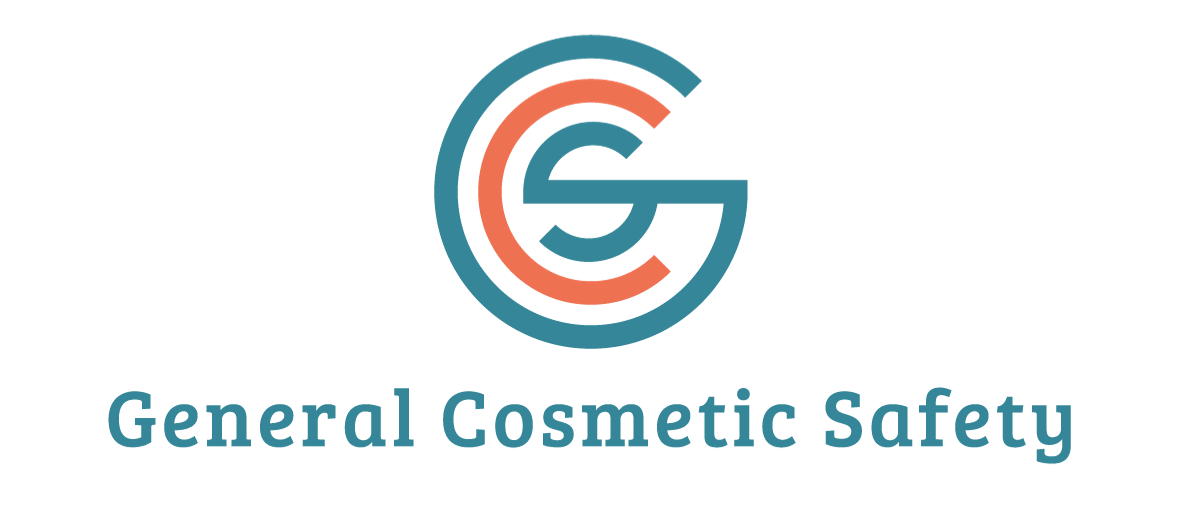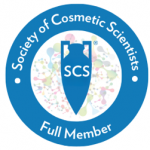Cosmetics are everywhere in our daily lives. From the face wash you use each morning to the night cream you might use before bed, we rely on these products to keep us looking and feeling our best. But what exactly makes something a cosmetic product, and what doesn’t? Let’s look at the European Union’s definition.
What is a Cosmetic Product?
According to the EU Regulation 1223/2009, a cosmetic product is:
“Any substance or mixture intended to be placed in contact with the external parts of the human body (epidermis, hair system, nails, lips, and external genital organs) or with the teeth and the mucous membranes of the oral cavity with a view exclusively or mainly to cleaning them, perfuming them, changing their appearance, protecting them, keeping them in good condition or correcting body odours.”
In simpler terms, if you use it to clean, beautify, or freshen up your body parts, it’s likely a cosmetic. This includes:
- Skincare products: Think of your favourite moisturisers, lotions, and gels.
- Haircare products: Shampoos, conditioners, hair dyes, and styling gels.
- Nail care: Nail polishes and removers, cuticle oils.
- Makeup: From foundations and lipsticks to eyeshadows and blushes.
- Fragrances: Perfumes, colognes, and body sprays.
- Hygiene products: Soaps, deodorants, mouthwash and toothpaste.
These products help us clean up, smell good, look fab, protect our skin, and generally keep things in good condition.
Borderline Products: When Cosmetics and Others Collide
Sometimes, figuring out if something is a cosmetic product is like playing a game of “Is It a Cake?” but with beauty products. There are products that straddle the line between cosmetics and other categories. An EU Working Group have developed a Manual for what is known as Borderline Products. Here are some key categories that often border on cosmetics:
- Medicines: If a product claims to treat or prevent diseases, it’s stepping into medicinal territory. For example, a cream marketed to treat eczema would be classified as a medicine rather than a cosmetic.
- Biocides: These are products designed to harmful organisms by chemical or biological means. Hand sanitizers with microbial-fighting properties often fall here as do insect repellents.
- Devices: These include items used for medical purposes that don’t work through chemical action. Think of wound dressings or certain types of contact lenses. If it’s used in medical treatment but isn’t a drug, it’s likely a medical device. But there are other things that would be considered a device – such as eyelash curlers.
- Cosmeceuticals: Although not a legally defined term in the EU, these are understood to be a blend of cosmetics and pharmaceuticals; these products often have active ingredients claiming medical benefits. They might sound fancy, but they need to be careful not to make claims that push them into medicinal territory.
- Toys: Certain items, especially those targeted at children, might fall under toy regulations if they serve a play function. For instance, makeup kits designed for children could be regulated as toys if their primary function is for play rather than cosmetic use. In this example the product would likely have to meet both Toy and Cosmetic Regulations.
Key Differences and Why They Matter
When deciding whether a product is a cosmetic or something else, consider these key factors:
- Intended Use: Cosmetics are all about cleaning, beautifying, and smelling good. Anything claiming to cure or prevent health issues is probably not a cosmetic.
- Marketing Claims: What the product says it does is crucial. If it’s promising medical miracles, it’s likely not just a cosmetic.
- Substance / Mixture: Is it one of these? Or is it an article (e.g. false eyelashes)
- Ingredients and Functionality: The ingredients and their intended effects matter. In the US, fluoride toothpaste claiming to prevent cavities, for instance, could be considered a medicinal product, but in the EU toothpastes are clearly defined as cosmetics (yes, it can be confusing if you are selling globally!).
- Regulatory Frameworks: Different products are regulated differently. Cosmetics must follow Regulation 1223/2009, but medicines, biocides, and medical devices have their own sets of regulations.
Why Proper Classification is Important
Getting the classification right ensures products are safe and meet the right regulations. Misclassifying can lead to legal headaches, product recalls, and unhappy customers. For manufacturers, understanding these distinctions is essential for product development, labelling, and marketing strategies. It is generally less costly to comply with Cosmetic Regulations when compared to medicine or biocide regulations.
Conclusion
The line between what is and isn’t a cosmetic product can be a bit blurry, but EU Regulation 1223/2009 gives us a clearer picture. With the help of the Borderline Manual, we can attempt to navigate the tricky areas where cosmetics overlap with medicines, biocides, medical devices, and even toys. In general, each presentation has to be considered on a case-by-case basis. Proper classification not only keeps us safe but also ensures our favourite products are exactly what they claim to be. Proper classification is crucial for ensuring compliance with regulatory standards and safeguarding consumer health and safety.
Examples
I am often asked whether a product is a cosmetic or not, and here are some of the most common examples, but each should take into account the claims, labelling, function and purpose of the product, absorption and frequency of application. A check can be carried out by the competent authority (Trading Standards in the UK), but below are some examples with my thoughts:
Shower Steamer – it is not intended to be placed in contact with the various external parts of the human body, so not a cosmetic product.
Pillow Spray – it is not intended to be placed in contact with the various external parts of the human body, so not a cosmetic product; however it will touch the skin when the person sleeps on the pillow, so a risk assessment in the form of the toxicological assessment done as part of the CPSR may be warranted.
Dual function soap – personal and laundry care – falls under cosmetics and detergent regulations.
Massage products – if only helping the act of massage then may not fall in the scope; however if it also provides moisturisation, aroma, or nourishes the skin, then it would be in scope.
Massaging lotion / balm for joints – if for the relief of pain, then no, this is not a cosmetic, but a medicine. Likewise post-sports massage products for muscles (muscle relief, warming, cooling) are not cosmetic products.
Hair growth / hair-loss reduction – assessed on case-by-case, but generally – hair growth is considered pharmaceutical, and reducing hair-loss is usually considered a cosmetic.
Eyelash growth / stimulation – assessed on case-by-case, e.g. mode of action, what actives are present, whether it is designed to modify a physiological function.
Lip plumpers – assessed on case-by-case – could be considered a cosmetic (alters the appearance) however it depends on the mode of action, and whether it is achieved by causing irritation (which would modify a physiological function and therefore be a medicinal product).
Reduce dark circles – cosmetic if it masks (e.g. concealer), but if it acting on the root cause, then it may not be a cosmetic.
Reduce bruise, bumps – not a cosmetic.
Skin-whitening – yes, unless treating a pigmentation disorder.
Reduction / removal of hard skin – a mixture applied to the skin before using a tool such as a pumice stone – yes, this is a cosmetic.
Tattoo aftercare – used on non-intact skin, so not a cosmetic.
Acne / spots – case-by-case depending on claims, function, wording
Aromatherapy – often used on labels for marketing or as a descriptor, but the product could still be a cosmetic
Wipes – the wipe it self is not, however the mixture that is impregnated / loaded onto the wipe is, if its intended use falls under the categories above.
Tooth-whitening product – yes this is a cosmetic, if it is applied to the surface of the tooth.
Bath products that children can play with – if it falls under the categories above then yes, but it may also be a toy and must comply with both sets of Regulations.
Face paints / body paints – yes.
Leave-on product which is “antiseptic” or “antibacterial” – could be a biocidal product, a cosmetic product, a medicinal product or a medical devi
Safety Assessor Qualifications
Get in Touch
If you would like to discuss any of your products or ranges, please either fill out our contact form or email us directly at:



